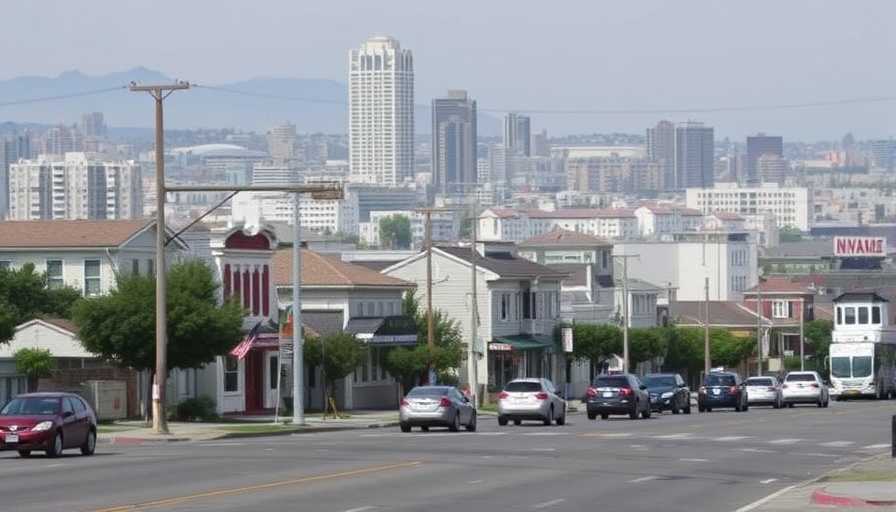
Oakland: A City in Transition Amid Crime Concerns
Recent reports from U.S. News & World Report have ranked Oakland, California, as the second most dangerous city in the United States, following Memphis, Tennessee. This news highlights the ongoing challenges facing Oakland, particularly in terms of public safety and crime rates. But is the city's reality truly as grim as these rankings suggest?
Understanding Oakland's Crime Landscape
According to the report, the rankings are derived from various crime statistics, including murder and property crime rates per 100,000 residents, based on FBI data. Oakland's recent social dynamics have raised concerns among residents and city officials about safety. However, Mayor Barbara Lee's office has confidently stated that violent crime has actually decreased by 28% and overall crime has dropped by 31% in recent months.
A Closer Look at Oakland's Policing Strategy
The Oakland Police Officers Association has voiced its concerns regarding police funding, mentioning that the department is currently understaffed, with approximately 500 officers when the city ideally requires more than 800. This understaffing presents a significant challenge to maintaining public safety effectively. City officials are working to bolster police presence, aiming to increase officer numbers to 700 in the next two years.
Comparative Analysis of Crime Rates
While Oakland's crime statistics may seem alarming in national comparisons, it is important to note local contexts. Other cities often listed in similar rankings face multiple socio-economic issues that contribute to crime rates, such as poverty, lack of education, and employment opportunities. Drawing parallels with Memphis, which traditionally faces similar challenges, helps to paint a nuanced picture of urban crime across the nation.
Community Engagement and Crime Prevention
The city's approach to crime prevention has also shifted, focusing on community-based strategies and less on traditional law enforcement methods. Initiatives like the 'violence prevention department' and targeted programs aimed at reducing gun violence emphasize collaboration between community members and law enforcement. This innovative shift could set a precedent for other cities grappling with similar issues.
As Oakland navigates its identity as a stigmatized location on national crime lists, the grassroots efforts to better the community, combined with an aim to strengthen police effectiveness, present a forward-looking approach. Residents in nearby areas such as Bakersfield should pay attention to these developments, as they demonstrate potential solutions for urban safety that could be replicated across cities.
 Add Row
Add Row  Add
Add 



Write A Comment